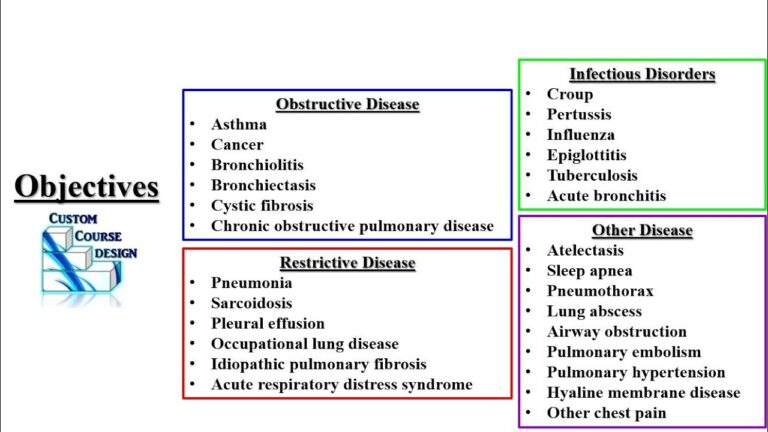High-Paying Aeronautical Engineer Jobs: Description & Salary

Aeronautical Engineer Job Description Template
Aeronautical Engineer Job Description Aeronautical engineering is a specialized field that focuses on the design, development, and maintenance of aircraft and their components. Aeronautical engineers work in various sectors of the aviation industry, including aerospace manufacturing companies, government agencies, and research institutions. The primary responsibility of an aeronautical engineer is to design and develop aircraft that are safe, efficient, and reliable. This involves conducting extensive research, analyzing data, and using computer-aided design (CAD) software to create detailed plans and specifications. They also collaborate with other engineers and professionals to ensure that the aircraft meets performance requirements and regulatory standards. Another crucial aspect of an aeronautical engineer’s job is testing and evaluating aircraft prototypes and components. They conduct various tests, such as wind tunnel testing, to assess the performance, durability, and aerodynamic characteristics of the aircraft. They analyze the test results and make necessary modifications to improve the design and performance. Aeronautical engineers also play a vital role in the maintenance and repair of aircraft. They develop maintenance schedules, conduct inspections, and troubleshoot any issues that may arise. They also contribute to the development of new technologies and materials that enhance aircraft performance, fuel efficiency, and safety. In addition to technical skills, aeronautical engineers should possess strong analytical and problem-solving abilities. They must stay updated with the latest advancements in aerospace technology and regulations. Effective communication and teamwork skills are also essential as they often collaborate with multidisciplinary teams. In conclusion, a career in aeronautical engineering requires expertise in aircraft design, testing, and maintenance. Aeronautical engineers contribute to the advancement of aviation technology and ensure the safety and efficiency of aircraft.Aeronautical Engineer Responsibilities
Aeronautical Engineer Requirements
How Much Does A Aeronautical Engineer Make?
Aeronautical Engineer Salary
| Experience Level | Salary Range |
|---|---|
| Entry Level | $60,000 – $80,000 |
| Mid-Level | $80,000 – $120,000 |
| Senior Level | $120,000 – $160,000 |
An aeronautical engineer’s salary largely depends on their experience level. For entry-level positions, the salary range typically falls between $60,000 and $80,000 per year. As engineers gain more experience and move into mid-level roles, the salary range increases to approximately $80,000 – $120,000. At the senior level, aeronautical engineers can expect to earn between $120,000 and $160,000 annually.
Aeronautical Engineer Salaries by Country
Top Paying Countries for Aeronautical Engineer
| Country | Salary Range (per year) |
|---|---|
| United States | $90,000 – $150,000 |
| Switzerland | $80,000 – $130,000 |
| Canada | $70,000 – $120,000 |
| Australia | $60,000 – $110,000 |
| United Kingdom | $50,000 – $100,000 |
Aeronautical engineers are well-compensated professionals who design and develop aircraft and related technology. The salary range for aeronautical engineers varies by country. The top paying countries for aeronautical engineers include the United States, Switzerland, Canada, Australia, and the United Kingdom. In the United States, aeronautical engineers can earn between $90,000 and $150,000 per year, while in Switzerland the salary range is $80,000 to $130,000. Canada offers a range of $70,000 to $120,000, Australia offers $60,000 to $110,000, and the United Kingdom offers $50,000 to $100,000. These salaries reflect the high demand for skilled aeronautical engineers and the importance of their work in the aviation industry.
A video on the topic Aeronautical Engineer
Video Source : Shane HummusInterview Questions for Aeronautical Engineer
1. What is your educational background in the field of Aeronautical Engineering?
I have a Bachelor’s degree in Aeronautical Engineering from [Name of University]. I also pursued a Master’s degree in the same field from [Name of University].
2. Can you explain the role of an Aeronautical Engineer?
An Aeronautical Engineer is responsible for designing, developing, and testing aircraft and aerospace systems. They work on various components such as engines, wings, and control systems to ensure the safety, performance, and efficiency of aircraft.
3. How do you stay updated with the latest advancements in the field of Aeronautical Engineering?
I regularly attend industry conferences, seminars, and workshops to stay updated with the latest advancements. I also read research papers, journals, and follow reputable websites and publications related to aeronautics.
4. What software programs are you proficient in for aircraft design and analysis?
I am proficient in using software programs such as CATIA, SolidWorks, ANSYS, and MATLAB for aircraft design and analysis. I have hands-on experience in using these tools during my academic projects and internships.
5. Can you explain the process of aircraft performance analysis?
Aircraft performance analysis involves evaluating various parameters such as speed, range, climb performance, and fuel consumption. This is done using mathematical models and simulations to assess the aircraft’s capabilities under different operating conditions.
6. Have you worked on any specific aircraft design projects in the past?
Yes, during my Master’s program, I worked on a project that involved designing a fuel-efficient aircraft. I collaborated with a team of engineers to develop the aerodynamic design, propulsion system, and structural layout of the aircraft.
7. How do you ensure compliance with aviation regulations and safety standards?
I ensure compliance with aviation regulations and safety standards by thoroughly reviewing and following the guidelines provided by regulatory authorities such as the Federal Aviation Administration (FAA) and International Civil Aviation Organization (ICAO). I also conduct extensive testing and analysis to ensure the aircraft meets all safety requirements.
8. How do you handle unexpected challenges or issues during the aircraft design process?
During the aircraft design process, unexpected challenges or issues are inevitable. I approach them by conducting thorough root cause analysis, brainstorming solutions with my team, and seeking expert advice if required. I believe in a proactive and collaborative approach to overcome challenges.
9. What are your thoughts on the future of the aerospace industry?
I believe the future of the aerospace industry is promising. With advancements in technology, there will be opportunities for developing more fuel-efficient and environmentally friendly aircraft. The industry will also witness growth in areas such as unmanned aerial vehicles (UAVs) and space exploration.
10. How do you ensure effective communication and collaboration within a team?
I believe effective communication and collaboration are essential for successful project execution. I ensure open and transparent communication with team members, actively listen to their ideas and concerns, and encourage a collaborative work environment. Regular team meetings and progress updates help in maintaining effective coordination.






